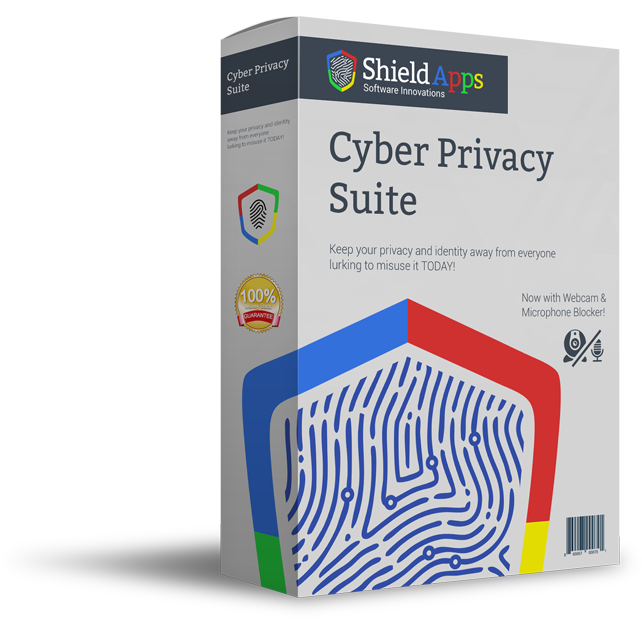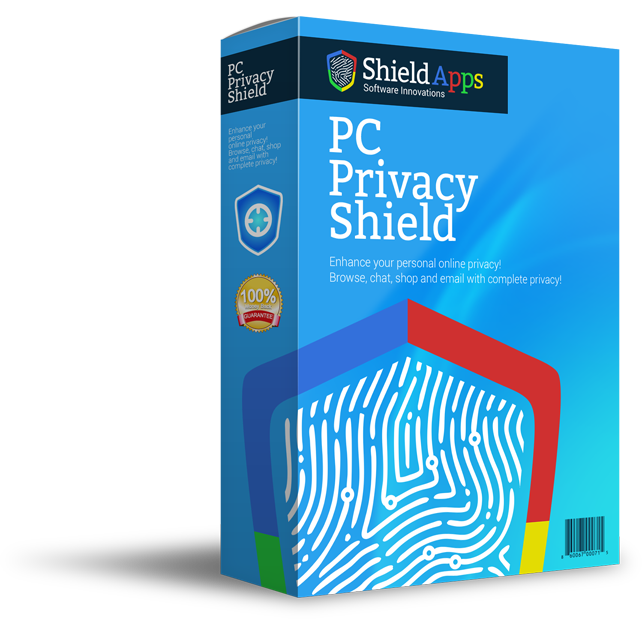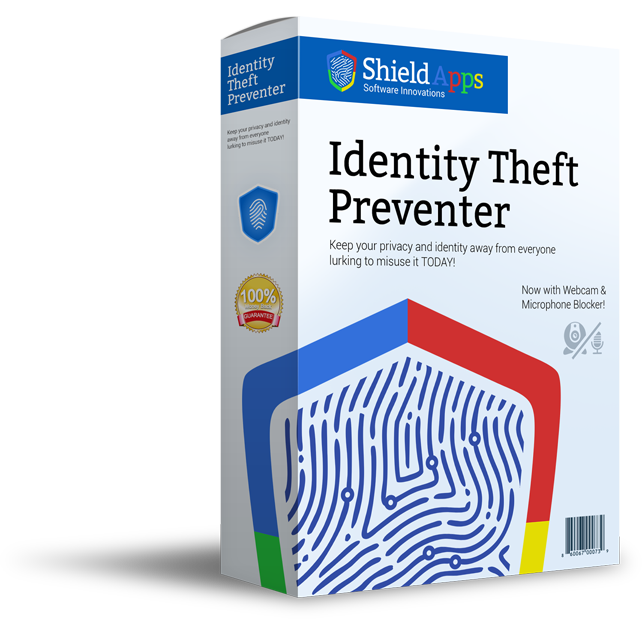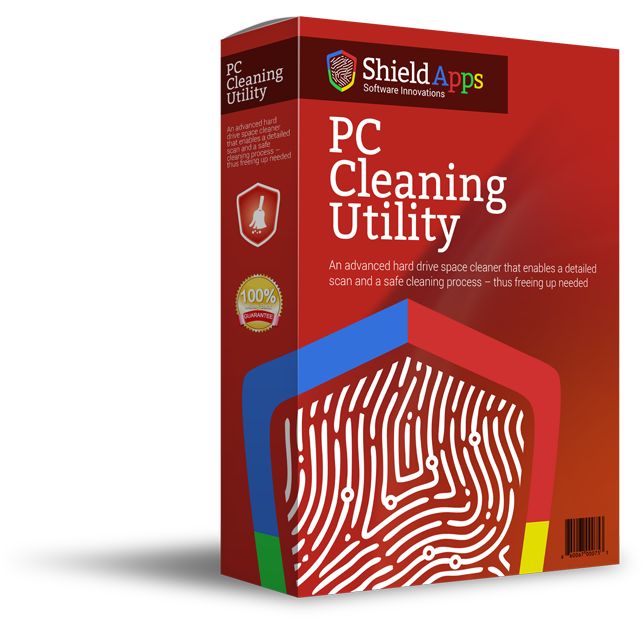White Labeling – Why Do It?
Back To The Basics… Why Use White Labeled Software?
(Aviv Cohen, ShieldApps CEO – 11/14/2013)
White Labeling (General) – Why Do It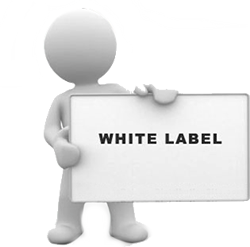
“Why do it?”, “(not sure if we) Should do it?” – those are often heard here at my office, while discussing white labeling with prospect clients of ours. It so happened that we have managed to position our services exactly where we wanted and our name foresees us as quality (software) white label providers.
However, the “why?” and “should we?” are still something we come across quite often.
So why should you really? Why should you switch your already known day-to-day work, marketing and promoting someone else’s product and start chasing an unknown path?
Generally, as a concept, white labeling (be it software or any other product line) is meant to achieve several goals, all of which will presumably take you from point A to point B – the latter being a more independent marketer, with a branding plan and long term strategy, at the end of which you have established your positioning in your specific field of expertise, and your brand name stands for something.
Ideally, ‘something’ would be quality, service, and client-satisfaction.
Our client audiences that are ready to go into the white labeling process are usually split into 3 verticals:
- Those that have zero activity yet are long-term planners and understand the values of starting with a software white label to begin with (detailed below)
- Those that have so far affiliated one brand or another and are ready to take the next step
- Those that are already in a white labeling activity yet are not satisfied with their current vendor and are looking for a more stable/profitable/better-serviced solution…
Regardless of your place in that crowed, the following are the upsides of marketing a white label:
- Building an independent brand is long term planning. Long term planning will eventually differ your business from 99% of the other wannabes that are in a rush to cash this month’s affiliate check… Building your own brand provides you another important value: If you really own the brand/ing of your product (and that’s an article by itself…) you can, when the time comes, switch vendors while maintaining your brand (as opposed to starting from scratch, again) and its reputation. This becomes very handy when trying to take the next step in the brand’s life cycle and optimize towards a better performing product/vendor.
- Cost efficiency – mathematically, if you and your former affiliated product owners are monetizing the product just the same*, there is no way in which affiliation will be more profitable to you than white labeling that product. *Many factors in this marketing-equation need to be considered: product cost (royalties), hosting fees, advertising fees, support overhead, cart vendor, rolling reserve etc.’ etc.’… the above claim is based on ‘pound-for-pound’ comparison.
- Control – if you want to do things right, you need to maximize all possible profit parameters in your work. In order for that to be even possible, you need to be in control. Control of the pricing models, control of affiliation fees, control of payment processing, geographical-targeting settings and so on… Those are usually not at your disposal when you are affiliating a product, but are more than available once you take your own white label software (and if not – make sure you demand those controls from your vendor)
- Liquidity – your brand means you set the terms. You decide where and how to process payments, which payment types to accept and which fees to sustain with your payment processing vendor. You will need to choose between the stability of an established payment processor and their payment terms vs. the instant solutions companies like PayPal provide, where the money is literally in your account in real time… each have their pros and cons, but at least you get to choose.
- Logistics – logistics are a complex factor to discuss, as they vary immensely between types of products, areas of service and so on, but, to be considered: once you take your label, it is all on you… be it a fulfillment center that ships your product or a simple distribution system for online goods; know that the liability is on you. It should not scare you, yet definitely food for thought.
- Multi level marketing – no, not the MLM ‘bad’ one, but the legit one – affiliation. Most affiliate programs will allow you to recruit a tier 2 affiliate under you for a symbolic cut of the commission, but I have rarely came across affiliate programs that truly incentivise that specific path or make it easy enough to work with. Taking your own label steps you up a tier, and makes you, the program owner… this in turn allows you to start your own affiliate program, in various affiliate networks, at your terms, your restrictions, and so on.
White Label Software, Pro’s & Con’s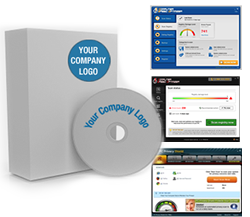
Going back to our doubting prospects mentioned above, I’d like to drill down into some more software-white-labeling specific elements;
The 3 client-types above are either thinking of entering into the software sales/monetization arena, or are already experienced at some level of it. Their purpose (and make sure you understand yours) would usually be one of the following:
- Sell the software as main product.
- Sell the software as complementary product to another product or service.
- Use a product as giveaway incentive to help their marketing efforts of another product.
- Use it as carrier to added-on offers (aka “use it as carrier”).
When specifically looking at the software industry, there are pros and cons on top of the above that are more vertical-specific to this niche;
- Compliance – you want to make sure your software vendor provides you with 100% compliant software. It obviously won’t do you any good trying to promote a software that has been flagged by Symantec/ AVG/ Google/ Bing ‘and friends’… you want your label to be perfectly clean. Having a software vendor provide you with a clean label is an amazing advantage versus trying to do it yourself and/or being an affiliate as 1. It costs a fortune to find that gentle path of compliance with those mentioned above and 2. Liability… when you are an affiliate, no one owes you anything… when you are a label owner then by all means, your vendor is liable to provide you with a clean label – at all times.
- Bits and bites – taking a white label not necessarily has to mean taking a given product under your name. There are hundreds of parameters in any given software that are a part of the success equation: color palette, buttons colors, buttons positioning, font type, font color, weight of the application, number of navigation items, inner-GUI structure and more and more… obviously not all is configurable, and not all is changeable – however, you do want some control over your label, at least where you think that matters and that you can provide your 2 cents of experience. You want to be 100% happy with the product. Nothing less. *In regards to the backend variables and ideal ‘wish-list’, there’s an article I have posted last month that I think pretty much covers it all and can be found here: https://shieldapps.com/software-white-labeling/
- Brand independence: unlike other verticals and industries, the software vertical entitles some edge to the client; software is rarely unique and in most cases you could ‘shop around the corner’ for a similar if not the same product, for better terms/functionality/etc.’. White labeling provides you that independence (to be more accurate, it is contract dependent, but assuming you know your bargaining…) and allows you to be on the market for a better converting product, better service, better pricing and so on, every now and then. A confident software vendor will provide you that freedom knowing that there will come a time they will need to step up their service for you, or you walk. Looking at it from my angle as a software company CEO – we both win. You get a better product, and we are kept on our toes to provide an ever-evolving and bettering product and service.
- Technical edge and stability / time to market – taking a label from a solid company allows you to both maintain a solid technological infrastructure and yet – minimum overhead… AV clearance, key distribution platform, carts and other business connections are made available through your vendor (or so they should) and shorten the path to a complete, good-to-go business for you. In other words, you save years of experience and thousands of dollars shaving off someone else’s back…
The list of things to consider when going for a software white label is not endless, yet quite long. Each and every item on that shopping list has its own sub-list of issues and things to consider and 99% of those are experience derived. In order to keep this article reasonably long, here is a partial list, but please – feel free to contact me for more insights and tips before you step into that battle field;
- AV’s compliance
- Microsoft/Mac compliance
- Marketing compliance (i.e. Google/Bing etc.’)
- Key distribution systems
- Mailing systems
- Installation monetization elements, do’s and don’ts
- Post install monetization elements, post purchase monetization elements, post uninstall monetization elements, in-app monetization elements, support numbers monetization elements
- Payment processing vendors and carts
- First line and second line supports
- And the list goes on…
About ShieldApps
ShieldApps features a White Label (Rebranding) tailored solution program for top re/sellers and super affiliates. The software white label program consists of a rebranded software from our portfolio, under the partner’s name and branding of choice, and allows the white label partner to utilize multi-tier affiliation models easier, and to harness larger volume of inventory in a more profitable manner.
The ShieldApps software white label program has proven its effectiveness over and over again for Tier 1 distributors, affiliates and publishers, allowing them to better utilize and monetize their inventory, as well as channel down the software as marketing tool for their own affiliates/publishers.


